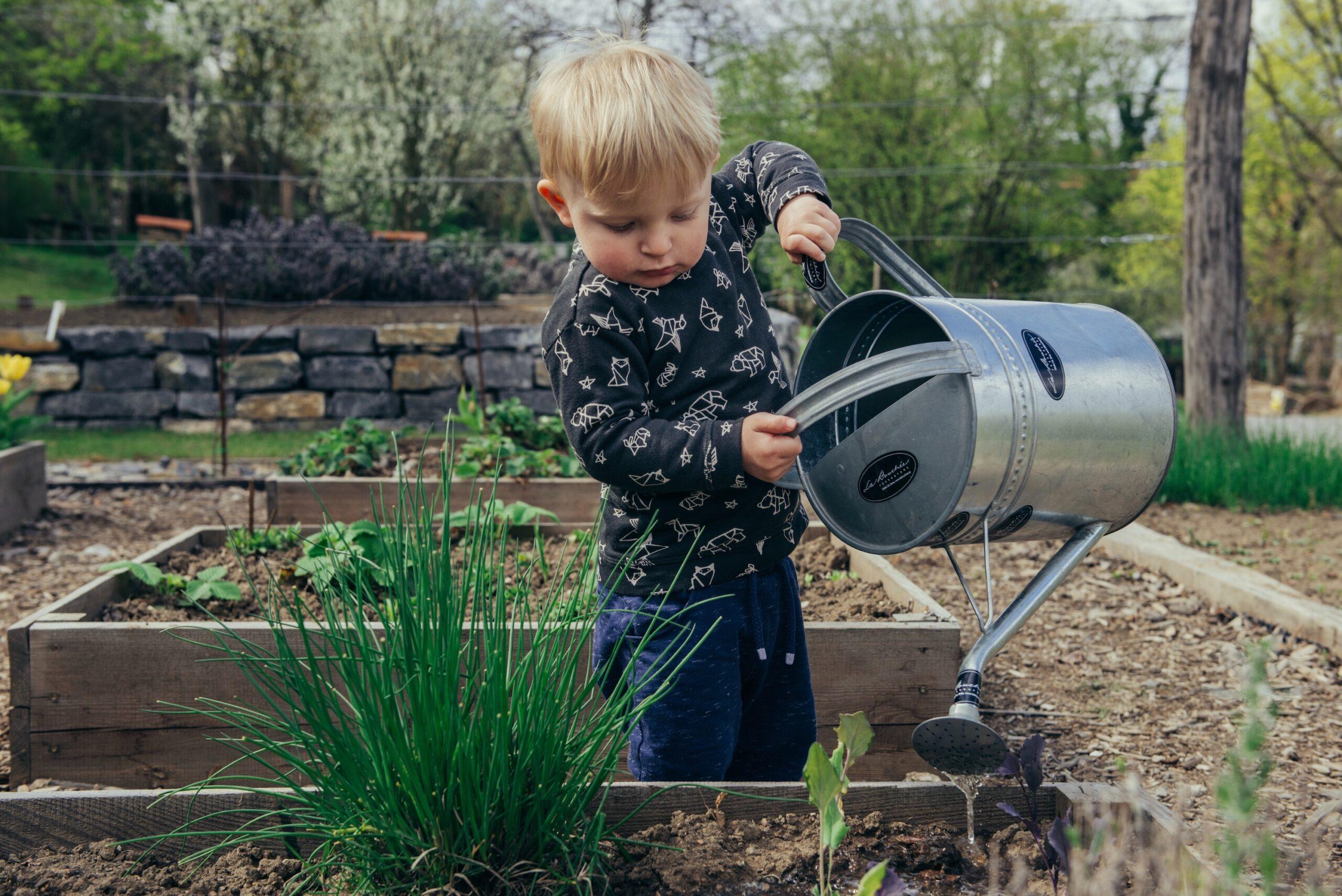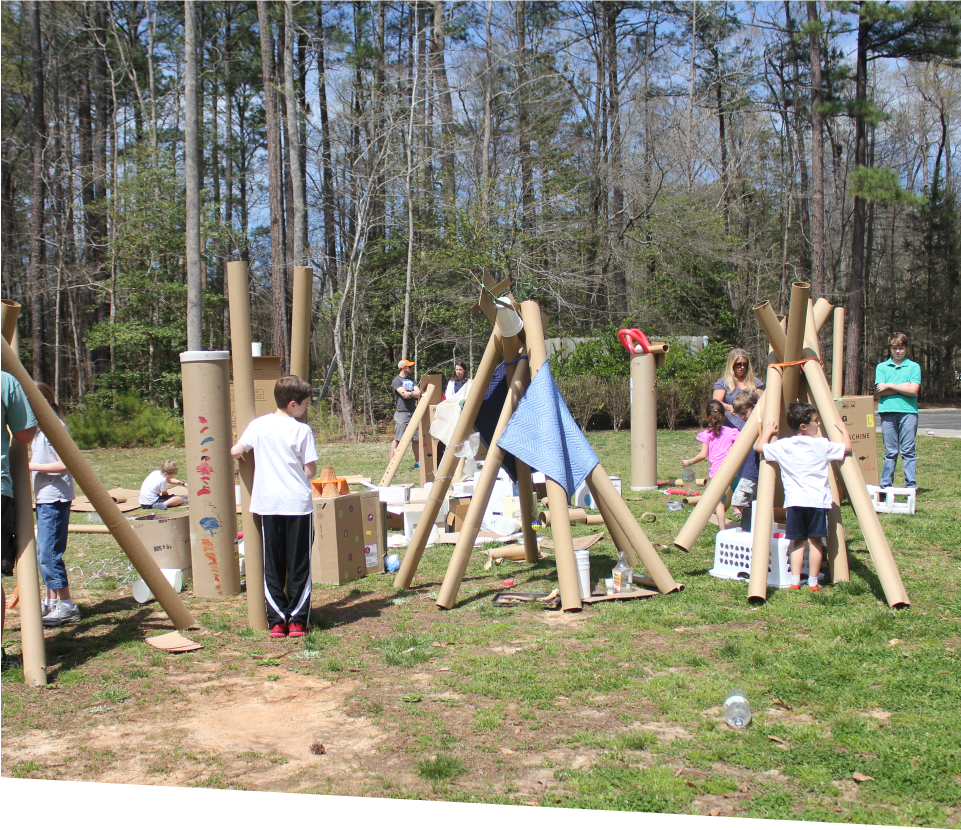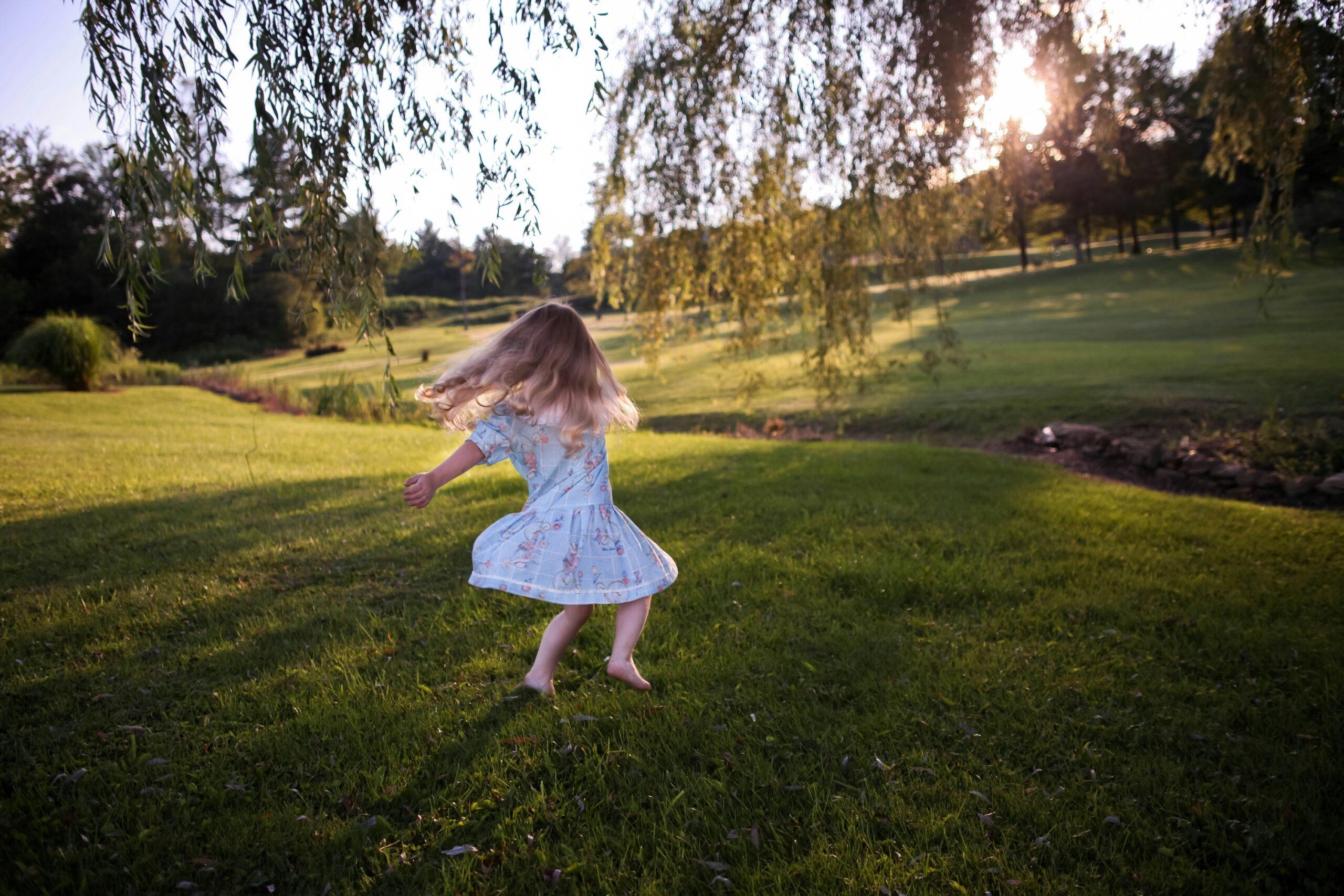Emails, texts, meetings, calendar events, social media notifications and deadlines, followed by anxiety, short attention span and even shorter patience–not to mention the burden of did I do good enough? Does this sound familiar? Just another day in the high stress world of… childhood?
This is the culture we live in. We are expected to be on call, online, and on top of it all; and it’s starting younger and younger. Surely right now as you are reading this article you are staring at the glowing screen of your smartphone, tablet, or laptop and your children probably are as well. In this digital era of instant gratification we find ourselves coming up deficient in one key area: the inclusion of nature in our daily lives. We can not escape the technological world we live in, but we can acknowledge it and take time to address the physical, emotional and psychological effects it has on us.
The term nature deficit disorder, as coined by Richard Louv, is used to describe negative consequences to individual health, well-being and social skills as we move indoors and away from physical contact with the natural world. The research points to attention disorders, obesity, lack of creativity and an increase in depression as problems associated with a nature-deficient lifestyle. Children are most vulnerable and have the least amount of self discipline to recognize the deficiency at hand. The cure is to reintroduce ourselves and our children to nature–a rewilding if you would.
While we humans haven’t evolved much in the past few thousand years, technology has. While this technological evolution demands a shift in our thought patterns, our minds are still primal. We react and survive on our senses. We are, by nature, wild beings who belong to the earth. Humans need mindful connections to the natural world to be whole. Without it our mental, physical, and spiritual health– and that of our children–are at risk.
Time in nature hones our senses and instincts, and we intuitively tune into our surroundings. When our daily life no longer reflects nature’s rhythm, our senses become dull and our instincts out of balance. Immersion in nature has proven to assist in patience, calm anxiety, and bring about an overall sense of order in a seemingly disordered world. Reconnecting with the natural world helps to give perspective to our lives and to find peace with our place in the whole and connected scheme of things.
So how do we shift direction and become more in tune with our natural world? What would rewilding even look like? Should we quit everything to go live off the land in Alaska?
It doesn’t have to be that extreme. We, instead, can choose to periodically disconnect from the demands of living in a technological society and reconnect with our natural inclination to be wild at heart through finding a balance that works for each of us and our families. Rewilding is fun! Get your feet wet, hands dirty, and engage your sense of wonder. There is something for everyone, there are no directions, and you can’t do it wrong!
We on the east end of Long Island are fortunate to be surrounded by natural beauty and wonder everywhere. Wander to the end of any dirt road, tune in with your senses, and play. Find a beach, hiking trail or nature preserve. There are many readily available to be explored.
Geographically, we are situated between the Peconic Estuary, which has been deemed one of the most pristine estuaries in the world, and Shinnecock bay, which was most recently designated a Blue Zone due to its ecological importance and biodiversity. The opportunities for outdoor immersion and exploration are endless, so where do we start?
Paddle a nearby waterway
Kayak, stand up paddle, or canoe, whatever your preference is. Navigate your vessel through the marshes and waterways of our island. Stop on the low tide beaches and explore the shores with a net, sit quietly and watch an osprey hunt for fish, walk along the shoreline and marvel at the killifish and blue claws dart in and out of the grasses. At various tidal stages you will come across entirely different landscapes and creatures.
Foraging
Foraging, such as clamming and berry picking are great ways to engage the natural hunter/gatherer instincts ingrained in our DNA. A little bit of background knowledge about what and when to harvest and some wandering toes are all you need to have an adventure out in the wild as well as a bounty to be shared upon your return home.
Fishing
Fishing is one of the best ways to immerse oneself in nature. The act of fishing involves an understanding of the marine environment, thinking like the fish you are targeting and its place in the food chain, and most of all quiet observation and patience.
Photography
Nature photography is a way to get out in nature, while bringing along some technology to capture what you see. Simply walk on a trail or beach where you never know what birds, crabs, fish or other wildlife you’ll see. This is also a great bonding opportunity for parents and children to share. Take pictures of things you find along the way and learn about what you photographed together when you get home.
Unstructured play with children
Allow your creativity to wander, use branches to build a hideaway at the edge of your backyard, climb a tree, build mud sandcastles at low tide and let fiddler crabs use it as a crabitat (crab habitat)… basically do what any child would naturally do when given the time and space.
Going out into the natural world may seem intimidating. Adults tend to feel that they must know how to properly engage with nature in order to share the experience with others. It doesn’t have to be that complicated. Adults and children can learn together to enjoy the outdoors, to spark curiosity, open dialogue, and find answers to questions that come up along the way. We are all part of the natural world, get out and rewild yourself!




